Introduction
Exploring Sundarban Wildlife: The Sundarbans, a UNESCO World Heritage Site, is a mesmerizing landscape of dense mangrove forests, winding waterways, and unique wildlife. Spanning approximately 10,000 square kilometres across India and Bangladesh, the Sundarbans is not only the largest mangrove forest in the world but also home to an incredible array of wildlife.

From the elusive Bengal tiger to the playful river dolphins, the Sundarbans are a sanctuary for countless species. In this blog, we will delve into the diverse wildlife of the Sundarbans, exploring the various species that inhabit this remarkable ecosystem and how Rayal Sundarban Tourism provides the perfect gateway to experiencing this natural wonder.
The Magnificent Bengal Tiger
The Apex Predator
The Bengal tiger (Panthera tigris tigris) is undoubtedly the most iconic and sought-after resident of the Sundarbans. Known for its elusive nature and majestic presence, the Bengal tiger is the apex predator of this region. The Sundarbans are estimated to be home to around 100 Bengal tigers, which have adapted to the unique challenges of their mangrove habitat.
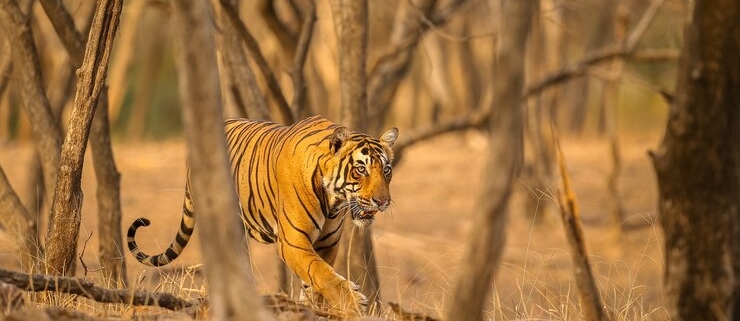
Adaptations and Behavior
The Bengal tigers of the Sundarbans are exceptional swimmers, often seen navigating the complex network of rivers and creeks. Their ability to swim long distances allows them to move between the fragmented islands of the Sundarbans. These tigers have also developed a diet that includes fish and crustaceans, supplementing their traditional prey of deer and wild boar.
Conservation Efforts
Royal Sundarban Tourism is deeply committed to the conservation of the Bengal tiger. They work closely with local authorities and conservation organizations to ensure that their tours are conducted responsibly, minimizing human impact on tiger habitats. Visitors are educated about the importance of tiger conservation and the steps being taken to protect these magnificent creatures.
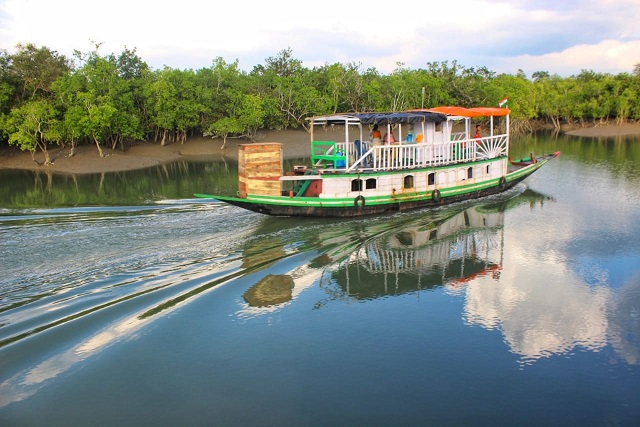
Rich Avian Diversity
Birdwatcher’s Paradise
The Sundarbans is a haven for birdwatchers, boasting over 300 species of birds. The diverse habitats, ranging from mangrove forests to mudflats and open water, provide ideal conditions for a wide variety of avian species. Migratory birds from as far as Siberia and Central Asia flock to the Sundarbans during the winter months, adding to the rich tapestry of birdlife.
Notable Species
Among the notable bird species in the Sundarbans are the lesser adjutant stork, grey-headed fish eagle, brown-winged kingfisher, and the mangrove pitta. The vibrant plumage of the kingfishers and the majestic flight of the eagles are sights to behold for any bird enthusiast. More insights can be found under “Exploring Sundarban Wildlife” in this blog.
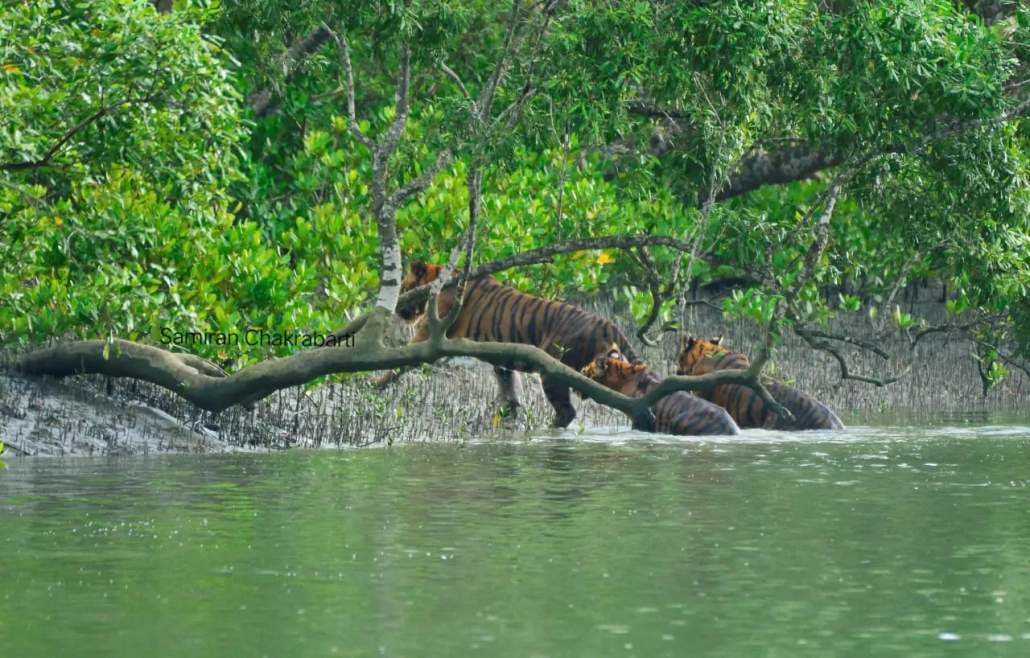
Birdwatching Tours
Royal Sundarban Tourism offers specialized birdwatching tours led by experienced ornithologists. These tours take visitors to the best birdwatching spots in the Sundarbans, providing opportunities to observe and photograph these beautiful creatures in their natural habitat. For further information, check out the section on “Exploring Sundarban Wildlife” in this blog. You can explore additional details about “Exploring Sundarban Wildlife” in this blog.
Read More:
Aquatic Marvels
Irrawaddy Dolphins and Ganges River Dolphins
The waterways of the Sundarbans are home to two species of dolphins: the Irrawaddy dolphin and the Ganges river dolphin. These playful and intelligent mammals are often spotted swimming alongside boats, delighting visitors with their acrobatics.
Saltwater Crocodiles
The Sundarbans is also known for its population of saltwater crocodiles, the largest living reptiles. These formidable predators can often be seen basking on riverbanks or stealthily moving through the water.
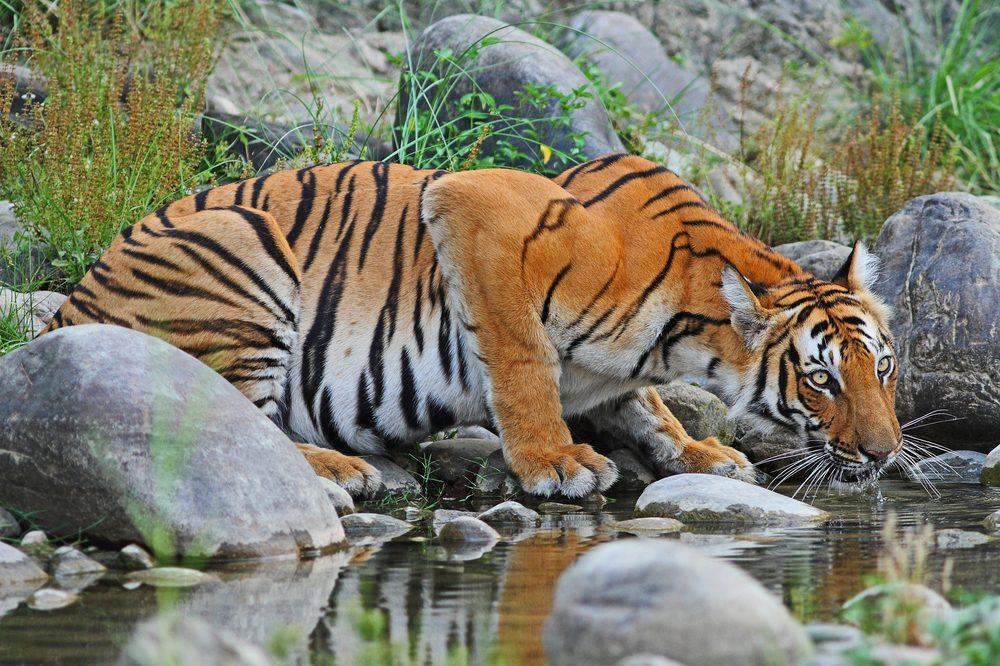
Marine Life
The aquatic ecosystem of the Sundarbans supports a rich diversity of marine life, including various species of fish, crabs, and molluscs. The intricate relationship between the mangrove roots and the marine environment creates a thriving habitat for these creatures. For comprehensive details, refer to “Exploring Sundarban Wildlife” in this blog.
Boat Safaris
Royal Sundarban Tourism’s boat safaris provide an excellent way to explore the aquatic wildlife of the Sundarbans. The guided tours take visitors through the mangrove-lined waterways, offering chances to spot dolphins, crocodiles, and other marine species in their natural surroundings. To learn more, see the section titled “Exploring Sundarban Wildlife” in this blog.
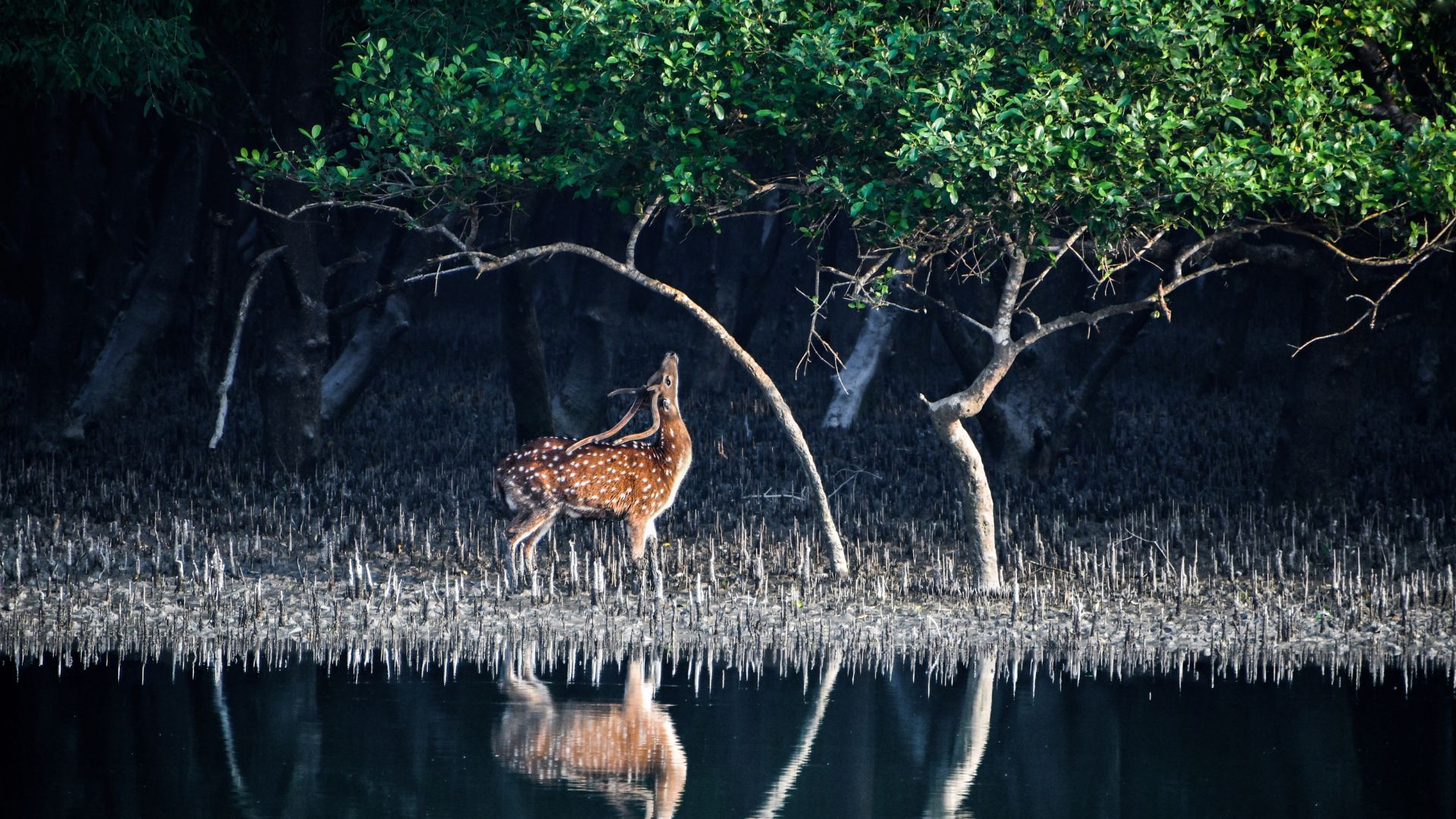
Terrestrial and Arboreal Inhabitants
Spotted Deer
The spotted deer, or chital, is one of the most commonly sighted animals in the Sundarbans. These graceful creatures move in herds and can often be seen grazing on the lush vegetation. Their presence is vital to the ecosystem, providing prey for the Bengal tigers. The blog elaborates on “Exploring Sundarban Wildlife” for more details. Also, you can Book the Sundarban Tour At Maity Tourism and Sundarban Leisure Tourism Powered By Argusdna,
Rhesus Macaques
Rhesus macaques are the most frequently encountered primates in the Sundarbans. These intelligent and adaptable monkeys are known for their curious behaviour and can often be seen foraging in the forest canopy.

Fishing Cats
The fishing cat is another fascinating resident of the Sundarbans. These elusive nocturnal predators are skilled swimmers and are often found near water bodies, hunting for fish and small aquatic creatures.
Wildlife Safaris
Royal Sundarban Tourism offers comprehensive wildlife safaris that cover both terrestrial and arboreal wildlife. These safaris are designed to maximize wildlife sightings while ensuring that visitors have a safe and educational experience.

Flora of the Sundarbans
Mangrove Forests
The mangrove forests of the Sundarbans are the backbone of this unique ecosystem. Comprising various species of mangroves, such as the Sundari tree (Heritiera fomes) from which the Sundarbans gets its name, these forests play a crucial role in stabilizing the coastline, protecting against storm surges, and providing habitat for wildlife.
Medicinal Plants
The Sundarbans are also home to numerous medicinal plants used by local communities for traditional remedies. These plants contribute to the biodiversity and ecological balance of the region.
Cultural and Ecological Tours
Royal Sundarban Tourism offers tours that not only focus on wildlife but also highlight the cultural and ecological aspects of the Sundarbans. These tours include visits to local villages, where visitors can learn about traditional lifestyles, crafts, and the sustainable use of natural resources.

Responsible Tourism Practices
Sustainable Travel
Royal Sundarban Tourism is dedicated to promoting sustainable travel. Their tours are designed to minimize environmental impact, with eco-friendly accommodations and practices that support the conservation of the Sundarbans.
Community Involvement
Royal Sundarban Tourism works closely with local communities, ensuring that tourism benefits the people living in and around the Sundarbans. They support local initiatives and provide employment opportunities, contributing to the region’s socio-economic development.

Environmental Education
Educational programs are a key component of Rayal Sundarban Tourism’s offerings. Visitors are educated about the importance of the Sundarbans, the threats it faces, and the efforts being made to preserve this unique ecosystem.
Planning Your Sundarbans Wildlife Tour
Best Time to Visit
The best time to visit the Sundarbans for wildlife sightings is during the winter months from November to February. The weather is pleasant, and the chances of spotting wildlife are higher as animals are more active.
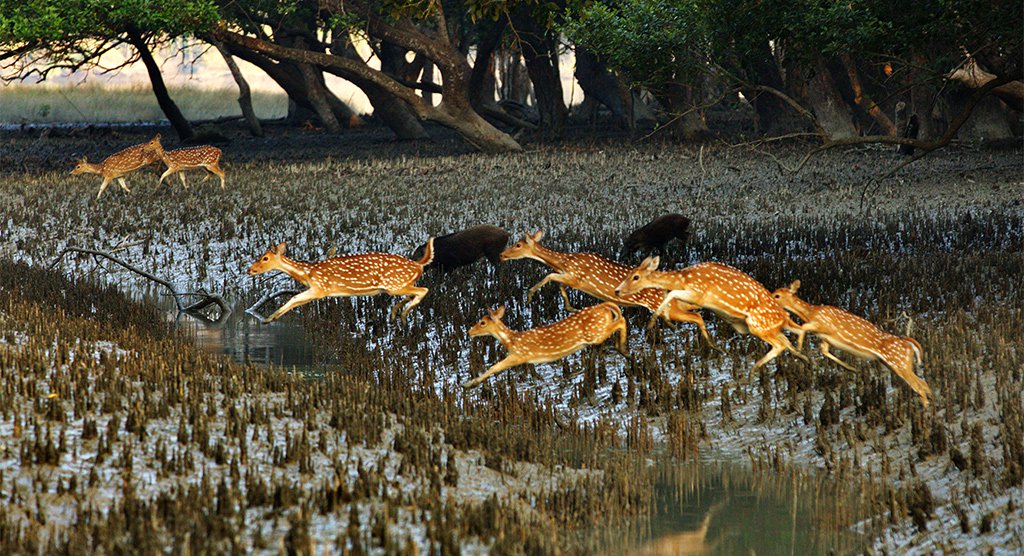
What to Pack
- Clothing: Lightweight, breathable clothing for daytime; warm layers for early mornings and evenings.
- Footwear: Comfortable walking shoes and waterproof footwear for boat safaris.
- Accessories: Binoculars, camera, sun protection (hat, sunglasses, sunscreen), insect repellent, and a reusable water bottle.
Health Precautions
Consult your doctor for any recommended vaccinations before your trip. Carry essential medications, and a basic first aid kit, and drink bottled or purified water during your stay.
Conclusion
The Sundarbans is a treasure trove of wildlife and natural beauty, offering a unique and unforgettable experience for visitors. Whether you’re an avid wildlife enthusiast, a birdwatcher, or simply someone seeking adventure in nature, the Sundarbans have something to offer.
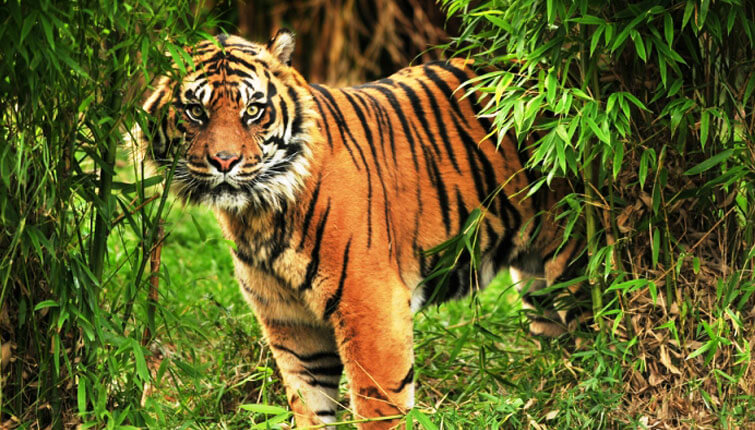
Royal Sundarban Tourism provides the perfect gateway to exploring this remarkable region. With their expert guides, customized itineraries, and commitment to sustainable tourism, they ensure that your journey through the Sundarbans is both enriching and responsible.
We have a genuine registered company Organization: Royal Sundarban Tourism
Organisations Web link: https://royalsundarbantourism.com/
Contact: +91 7439965413 / +91 8584838109
Gpay / Phone pay : 9804049535
Email: info@royalsundarbantourism.com
Address: Village: Tiger More, Gosaba, Pakhiralay, Pakhiralay Main road, District- 24 Parganas South, West Bengal 743370
Embark on a journey with Royal Sundarban Tourism and discover the wonders of the Sundarbans, where every moment brings you closer to the heart of this extraordinary ecosystem. From the majestic Bengal tiger to the vibrant birdlife and the intricate mangrove forests, the Sundarbans is a destination that promises awe-inspiring encounters and lasting memories.

